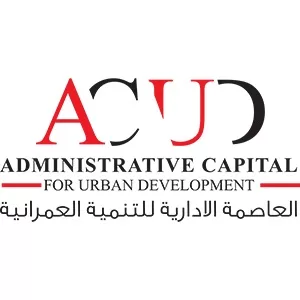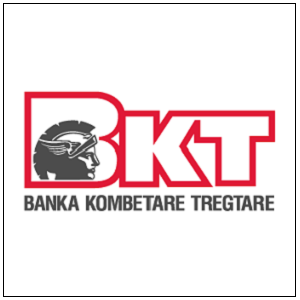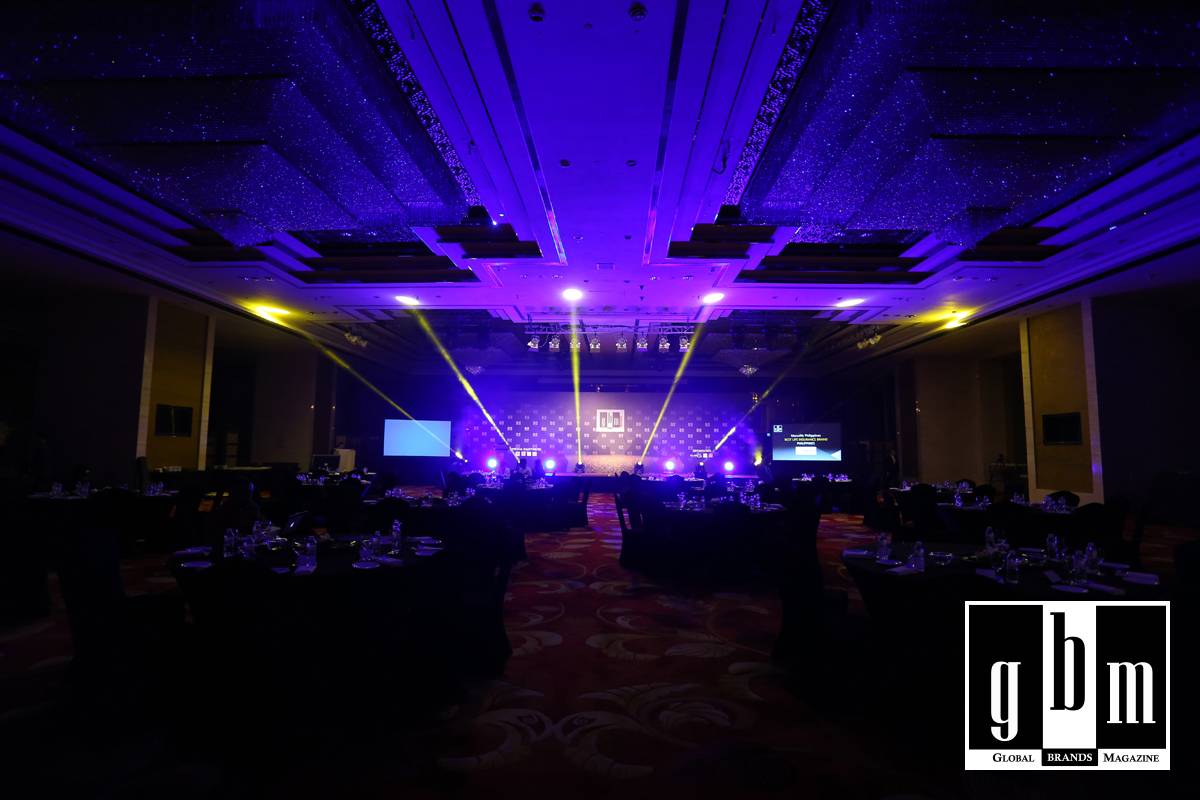Finance
How to Choose the Right Term Insurance Plan

Securing your family’s financial future is a top priority for most. Term insurance allows you to do so affordably. By paying small premiums, you get sizable coverage to protect your loved ones if life throws an unexpected tragedy your way.
This article explores the basics of term plans to help you pick the most budget-friendly policy that aptly meets your budget and needs. Read on to make an informed choice when buying the cheapest life insurance.
What is Term Insurance?
Term insurance is a type of life insurance policy that provides coverage for a specific duration. With term plans, you choose a coverage amount (sum assured) and a policy term (duration) based on your needs. While you pay regular premiums to keep your policy active, your nominee receives the coverage amount or death benefit if the unexpected happens during that coverage period.
Unlike other insurance policies, term plans are designed to provide only a death benefit. Thus, premiums are affordable and vary depending on the life insurance’s age, health, lifestyle habits, coverage amount, and tenure chosen. This makes term plans an excellent choice for those seeking high coverage at a lower life insurance premium.
Why Opt for Term Insurance?
Several reasons make term insurance plans a must-have for individuals with financial dependents:
- Affordable Premiums: You get sizeable coverage by paying small, affordable premiums.
- Customisable: Choose an ideal coverage amount and policy tenure per your needs. Add riders for extra protection.
- Tax Benefits: Premiums paid are tax exempted under section 80C of the Income Tax Act. Nominees get tax-free death benefits under section 10(10D).
- Financial Protection: Term plans ensure your family is financially secure in your absence. Death benefits can clear outstanding debts, cover daily expenses, and more.
- Peace of Mind: Knowing your loved ones will be financially secure in case of an untimely event provides immense peace of mind.
Types of Term Insurance Policies
While the purpose is the same, term plan variations exist. Understanding the key types allows you to pick one that suits you best:
- Regular Term Insurance: The basic term insurance plan covers the chosen duration (10, 20, 30 years or more) and pays a death benefit if the insured person passes away during that period.
- Increasing Term Insurance: The coverage amount increases annually by a fixed percentage to account for inflation.
- Decreasing Term Insurance: This is useful for debt consolidation. As outstanding loan amounts decrease, so does your coverage amount.
- Convertible Term Insurance: You can convert the term policy into a permanent life insurance plan later.
- Return of Premium Plans: If you survive the policy term, this plan returns all premiums paid.
Choosing the Right Term Insurance Plan
When choosing a term plan, you must remember some of the key factors:
1. Calculate Coverage Needed
Firstly, analyse your family’s financial needs in your absence. This includes living costs, outstanding debts, kids’ education, etc. This gives you an idea of the ideal coverage amount. Using online term insurance calculator can also help determine this.
2. Compare Premiums
Next, use online term plan comparison tools to view the premiums various insurers charge for the required coverage amount and tenure. Choose the option that fits your budget. Avoid choosing just based on low premiums, though. Also check claim settlement records, reviews, and financial stability of insurers.
3. Evaluate Add-Ons
See which insurer offers useful add-on coverage in term plans at reasonable costs. Return of premium, critical illness riders, and accidental death benefits are useful riders that enhance protection.
4. Claim Process
Understand the claim procedures and documents needed in case of an unfavourable event. Choose an insurer that has streamlined claim processes for a smooth customer journey. Many now even allow online document submission and claims tracking.
5. Buying Term Insurance Online
Buying term plans online can be easy. You can compare, customise plans, pay premiums, manage policies and even make claims with just a few clicks on insurer websites or mobile apps. This enhanced convenience allows busy working professionals to manage their policies seamlessly. Here are some helpful tips when purchasing term insurance online:
- Use comparison tools to view plans from multiple insurers at once
- Carefully read policy documents before buying
- Opt for e-policies to prevent documentation hassles
- Pick online payment modes for premiums
- Download the insurer app to manage your policy anytime, anywhere
It’s the digital age, so making the most of technology for something as crucial as life insurance makes complete sense!
The Bottom Line
Term insurance is one of the simplest ways to safeguard your family’s financial stability in the long run. While premium costs are low, term insurance plans provide extensive coverage and peace of mind. However, take time to analyse and compare plans before purchasing one. Choose an ideal coverage amount and tenure, and include riders wisely for extra security. Most importantly, pay premiums regularly to keep your policy active and ensure financial protection for your loved ones with term insurance.














































